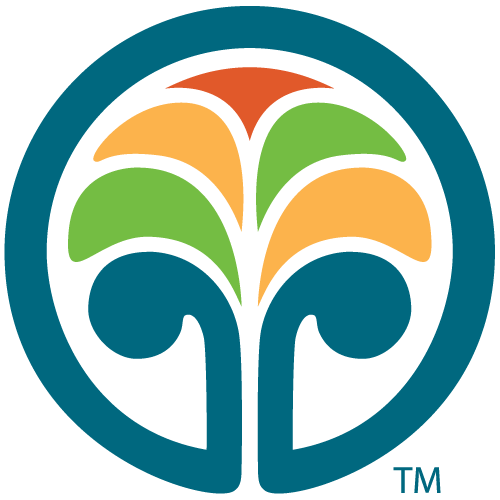
05 Nov A Clinical Approach to Resilience
An interview with our Chief Clinical Officer, Dr. Gisselle McKell-Jeffers
Focusing on the resilience of our kids and our organization, we found ourselves wondering just how resilience might be viewed from a clinical perspective, and how that plays into resident treatment here. We sat down with YOC Chief Clinical Officer, Dr. Gisselle McKell-Jeffers to get her insights.
We all have an idea of what it means to be resilient, but what is the clinical definition of resilience?
Resilience is defined as our ability or capacity to recover after we face significant stressors or adversity. These stressors can disrupt our normal physiological and emotional functioning, but resiliency factors which are also considered protective factors, help correct for this disruption, allowing us to return to normal functioning.
What sorts of disruptions or adversity are we talking about that resilience corrects for?
According to research there are three main categories of factors that build resilience. They include individual factors, environmental factors and relational factors. Individual factors can include your intellectual functioning, temperament and other strengths, while environmental factors can include the safety of your neighborhood, your school, the quality of instruction you receive at school, access to healthy nutrition, etc. Relational factors speak to the quality of the relationships in your life. Research has shown that youth who have at least one quality connection with an adult are more resilient.
Is resilience something we’re all born with?
We must keep in mind that from the time we are born, our experiences start shaping the connections in our brain. So, while we all are born with millions of neurons and the capacity for resilience, there are many individual differences in how we respond to adversity, stress and trauma. This is seen the most in twin studies in which twins respond differently to the same adversity, and may possess similar resiliency factors.
It sounds like resilience is something that can be developed and cultivated. How do you work with our residents to build their resilience?
By understanding that there are individual, environmental and relational factors that influence resilience, we work on building each of these up in our residents. We start by ensuring each of our residents know they are safe, and feel safe on our campus. Based on Maslow’s hierarchy of needs, we know that you must feel safe in your environment before any of your other needs can be met, therefore this is emphasized by our staff.
Our residents also know that they will always be surrounded by caring and attentive staff. Many of our residents build strong relationships with their staff and counselors. This being the most influential resiliency factor means that we put particular emphasis on connecting with our residents. We want to rewrite their understanding of what kinds of relationships they can have with adults, knowing that adults can be supportive and beneficial to their growth and development.
Aside from the mental health aspect of residents’ treatment, what other factors do you work with them on to build their resilience?
Mental health treatment can address each aspect of resiliency: individual, environmental, and relational. But, it is important to note that some of factors are static and are therefore difficult to change based on the backgrounds and communities that our residents come from. For example, there are some neighborhoods that are unsafe due to violence or drug activity. Our work with our residents and their families then shifts to enhancing coping skills, decision making, academic support, recreational outlets, structure, supervision, and other protective factors to help our youth and their families while they are in these environments.
How have you seen your work in cultivating resilience positively impact residents at the YOC?
Our goal with each resident that comes to the YOC is to enhance resiliency by increasing their protective factors. By utilizing programs like Response Ability Pathways (RAP) with our youth, we see improvement in individual factors in the areas of mastery and independence. Our residents are completing their High School Equivalency (HSE) exams, getting jobs, and getting into college. They are leaving the YOC more equipped with tools and skills to be successful. Through counseling, we are seeing healing and repair in relationships with caregivers allowing our residents to return to their homes and communities having stronger and more positive connections with their families. These stories are happening every day for our residents and we are encouraged every time another youth is discharged better prepared for the world and the stressors that may come because we have invested in building up their resiliency.
This story is taken from the 2019 – 2020 Annual Report. To view the full report click here.


